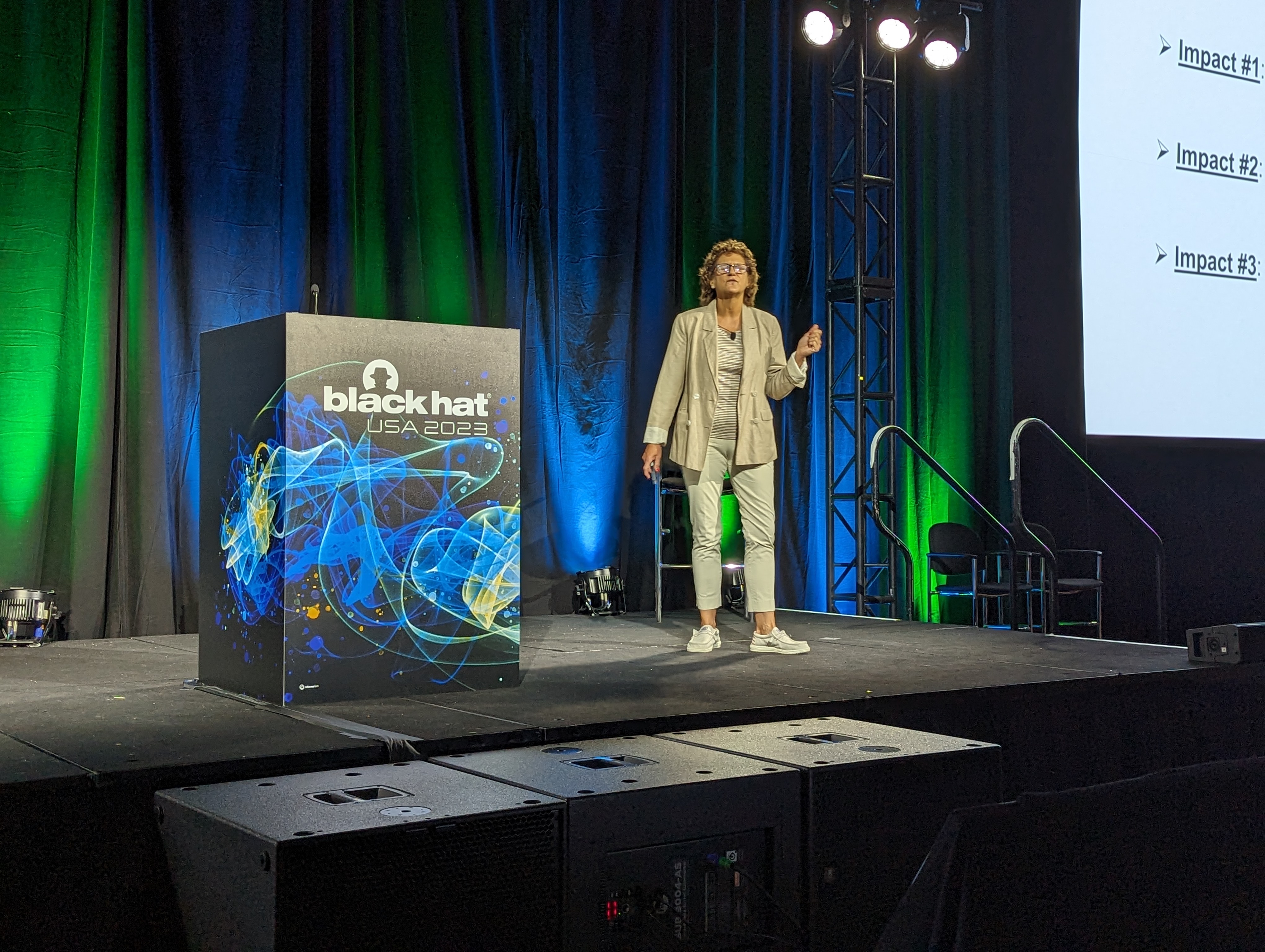The US National Security Agency (NSA) has revealed that its efforts to engage with high school and college students have resulted in the development of cybersecurity curriculum in schools and an increase in the number of students applying to work for the agency. Rita Doerr, academic outreach lead at the NSA’s cybersecurity directorate, shared this information during the Black Hat USA conference in Las Vegas.
Doerr explained that the NSA, which was once referred to as the “No Such Agency,” now actively participates in career fairs and hiring events, where she often faces queries about the agency’s work. To address this, the NSA decided to create an unclassified way of explaining the daily duties of its cyber analysts.
As part of their outreach efforts, the NSA initiated the Codebreaker Challenge, which has attracted hundreds of schools and universities to participate. The challenge offers realistic scenarios, including tackling ransomware, reverse-engineering rogue mobile applications, and analyzing surveillance footage. Participants also have the opportunity to use the NSA’s Ghidra reverse-engineering tool.
In 2022, the Codebreaker Challenge focused on developing skills in forensics, binary reverse engineering, web analysis and exploitation, cryptanalysis, and software development. Doerr emphasized that the challenge not only allows participants to showcase their current skills but also encourages them to learn and acquire new ones.
The success of the NSA’s outreach efforts is evident in the participation of high school, middle school, and college students in the 2022 Codebreaker Challenge. Typically, the challenge attracts older participants and college students, so the involvement of younger individuals indicates that high school students are becoming more technologically adept. In response, schools are recognizing the value of these skills and incorporating relevant computer science and cyber courses into their curriculum. Some schools have even introduced specialized courses in these areas.
Looking ahead, this year’s Codebreaker Challenge will center around a simulation where the US Coast Guard receives a signal approximately 30 miles off the coast. Participants will be tasked with interpreting and locating the source of the signal. The challenge will take place from September 28 to December 21.
Doerr highlighted that the Codebreaker Challenge is no longer just a means of informing college and university students about the NSA’s activities. It has become a driving force behind the development of cybersecurity and computer science curricula. This outcome is particularly encouraging as the NSA aims to hire 3,000 cybersecurity professionals in the coming year.
Overall, the NSA’s cybersecurity outreach efforts have been successful in fostering interest and skill development among students. By engaging with younger individuals, the agency has influenced the incorporation of cybersecurity education in schools and universities, ultimately contributing to the growth of a qualified workforce in the field.


